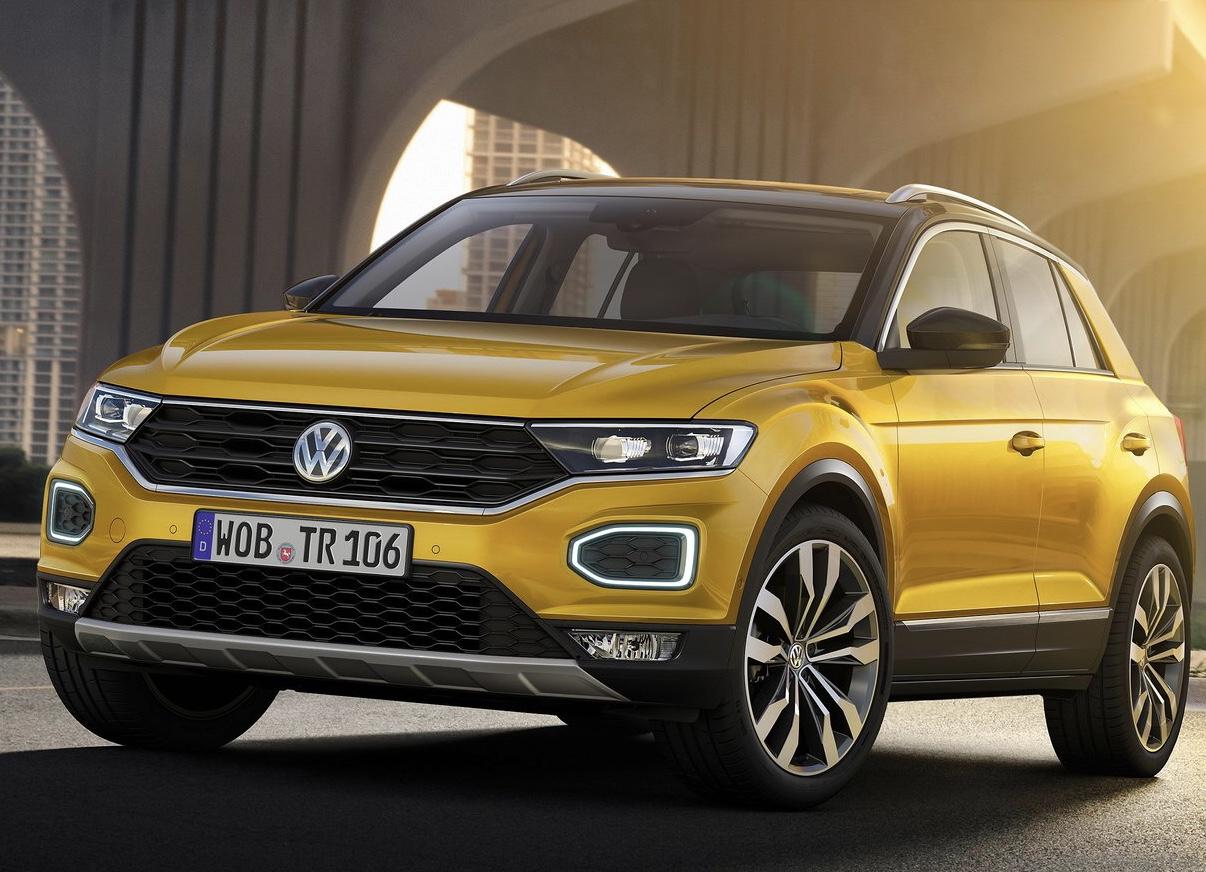Volkswagen is extending its model range with a newly-developed compact-class crossover: the Volkswagen T-Roc. Extensive personalisation options (customer-selected decors and bi-colour design); highly advanced vehicle assistance systems (Front Assist and Lane Assist as standard, optional Traffic Jam Assist); innovative digital features (new generation of Active Info Display); ideally connected (via Volkswagen Car-Net); efficient engines (direction-injection turbocharged engines with up to 140 kW / 190 PS); agile and designed for comfort (ride comfort on same level as a Golf, optional DCC adaptive chassis control) and a pioneering, avant-garde design. With this configuration, the new crossover from Volkswagen brings fresh impetus to the compact SUV class. Concise exterior dimensions, a high level of interior functionality (five-seater, 445 litres of luggage capacity).
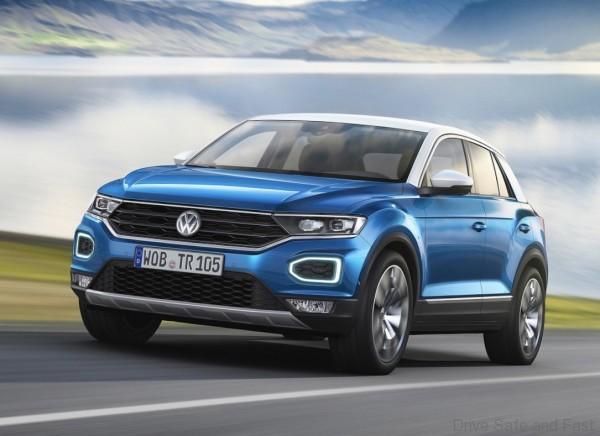
A versatile vehicle – available with front-wheel or all-wheel drive (with all-wheel drive as standard including the 4MOTION Active Control driver experience switch) – which combines the dominance of an SUV with the agility of a sporty compact. A car which is as much at home in the city as it is on long journeys.
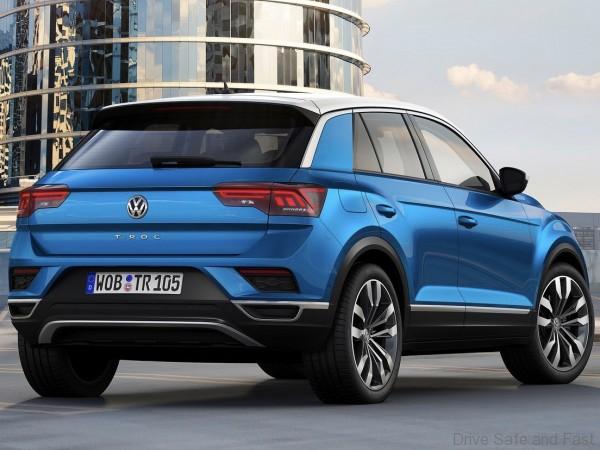
The design of the Volkswagen T-Roc follows a new expressive Volkswagen SUV DNA, which is similar to that of the Tiguan, the Tiguan Allspace (version with longer wheelbase) and the Atlas/Teramont. It brings authentic off-road elements into harmony with dynamism and urban style. The T-Prime Concept GTE presented in 2016 already offers a foretaste of another new SUV with this design DNA.

Essentially, the design of each new Volkswagen SUV will be interpreted individually based on this DNA. All SUV models are characterised by a unique design that is unmistakably specific to their product and market segment. The T-Roc illustrates this very well. It excites with a progressive design that right away etches itself into the mind as ‘the T-Roc’. At the same time, however, it clearly remains a Volkswagen.
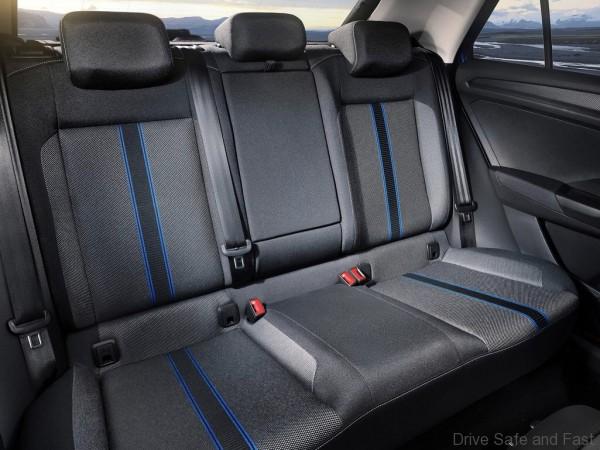
The Volkswagen T-Roc is positioned in the segment beneath the Tiguan. Like that car, and the Atlas/Teramont, the T-Roc is based on the modular transverse matrix (MQB). This means that all three models share the same basic structural platform, but they each have a completely independent body and interior layout. Thanks to the MQB, the development team was able to implement very dynamic proportions. This is especially true of the new T-Roc. The crossover model is 4,234 mm long (252 mm shorter than the Tiguan), and it has a 2,603 mm wheelbase. The SUV’s width is 1,819 mm (without exterior mirrors), and its height is 1,573 mm.
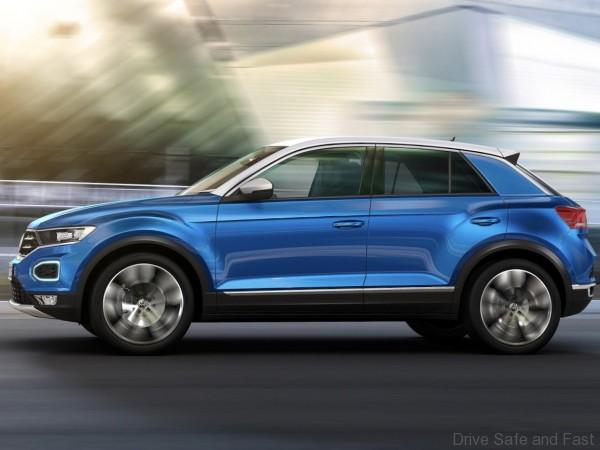
The width, which is relatively large in relation to the rather low roof structure, underscores the vehicle’s dynamic proportions. At the same time, the body’s somewhat lower centre of gravity compared to other SUVs optimizes handling properties. Its styling is also defined by its short overhangs (831 mm front, 800 mm rear) and large track widths of 1,546 mm (front) and 1,541 mm (rear).
The Volkswagen T-Roc can be further adapted to the driver’s personal preferences via a range of convenience systems that is exceptionally large for this vehicle class. They include features such as adaptive chassis control (DCC). The system’s electrically adjustable dampers make it possible to make the T-Roc running gear tuning very sporty, or more pliant, as an alternative to the normal tuning. The car’s dynamic character and comfort are also optimised by progressive steering, which was originally introduced in the Golf GTI (enables better control in a sporty mode of driving and offers added ease of steering during manoeuvring). Other convenience systems include electric actuation of the boot lid, the keyless locking and starting system Keyless Access, auxiliary heating and ventilation, a two-zone Climatronic system and steering wheel heating. The optional panoramic sunroof brings ample light into the T-Roc interior. It is 870 mm wide and 1,364 mm long, which makes this tilting/sliding sunroof – which consists of two glass parts – the largest in the market segment.


